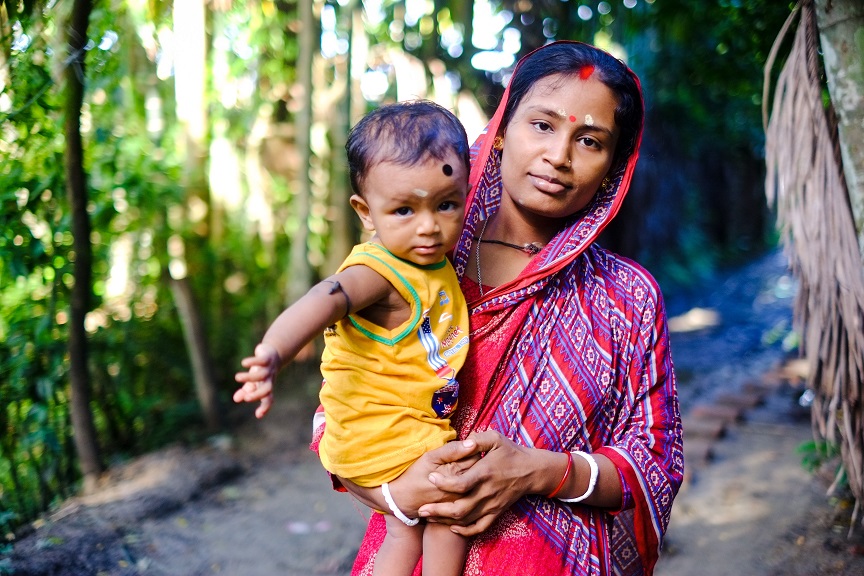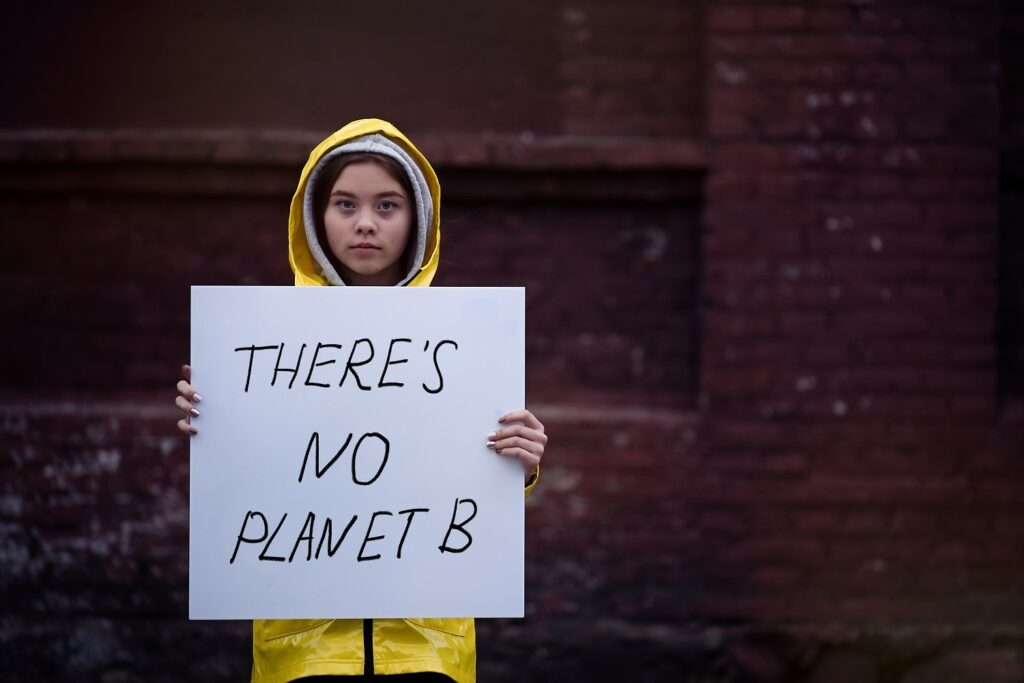You may have seen recent headlines and research documenting how extreme weather catastrophes, malnutrition, pollution, and increased exposure to saltwater (a direct result of rising sea levels) are affecting Bangladeshi women’s sexual and reproductive health. Other climate-related risk factors include high temperatures, deepening economic disparities that limit the affordability of healthcare, and the lack of healthcare in remote regions and refugee camps.
Sexual and reproductive health is an intersectional issue that rises and falls with the tides of environmental conservation, social and gender equity, the state of the economy, pandemics, and more. As such, there is no one “right solution.” Policymakers and relief organizations must view problems on a case-to-case basis. But there is one thing they must hold in common: a disposition toward climate change adaptation.

Because climate change is now an unavoidable fact of life, climate change adaptation is the name of the game for mitigating any issues related to our rapidly shifting environment. This policy accepts the present and probable future effects of climate change, even if they are hard for us to accept on an emotional level. For example, many coastal cities are planning to construct walls in an attempt to keep the rising sea at bay, and/or they are beginning to build more inland.
In relation to women’s sexual and reproductive health, climate change adaptations might take the form of family planning services that account for resource availability, or they might be forums that give women a chance to discuss and clearly state what reproductive health support they need after a catastrophe strikes (read more here).

As climate change continues to snowball, it is essential to keep an eye on women’s sexual and reproductive health. Although it is frequently taboo, 3.9 billion women live on Earth. Their health is not only worth protecting, but it is also a harbinger of more climate-related health crises to come.
 Food
Food Farmers
Farmers Sustainable Living
Sustainable Living Living Planet
Living Planet News
News